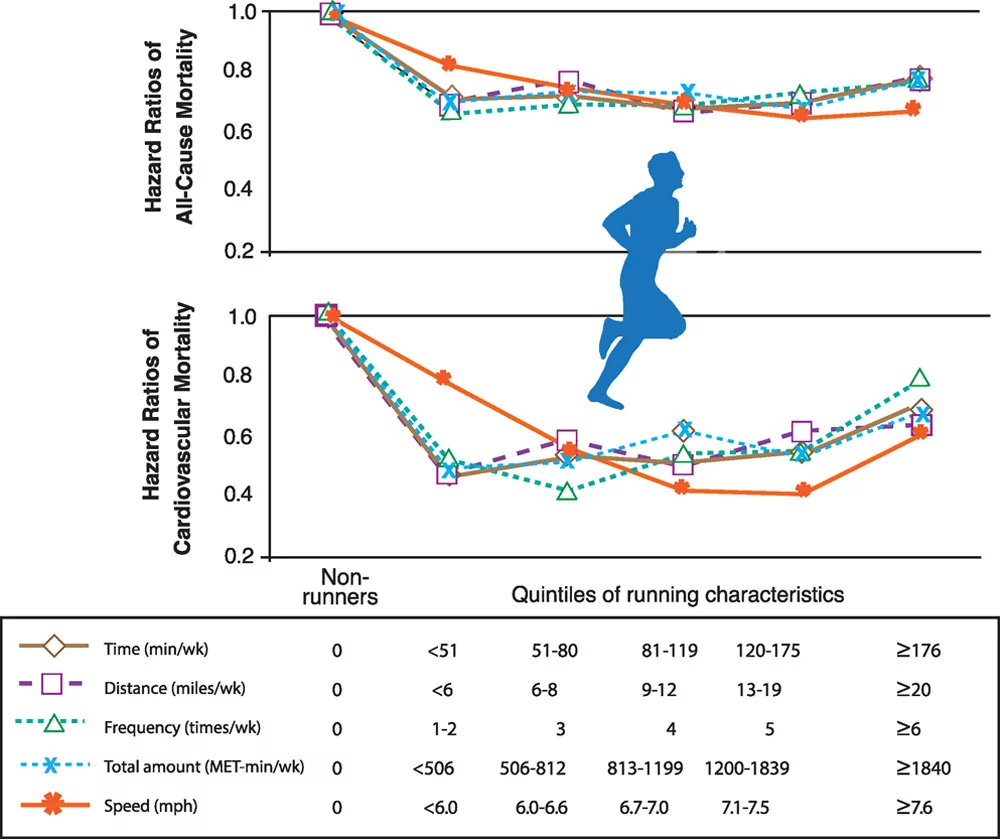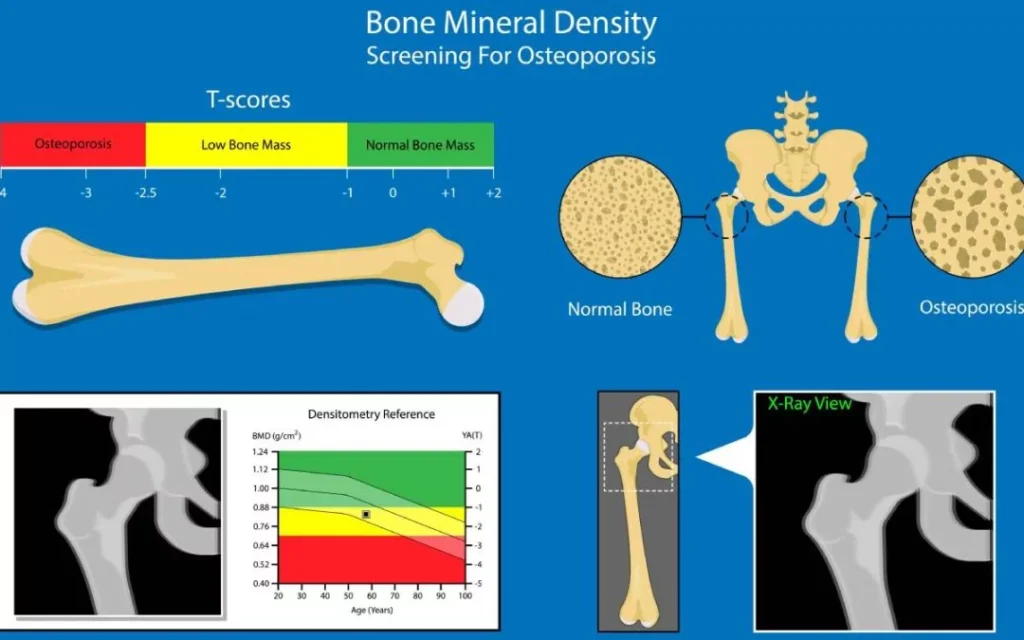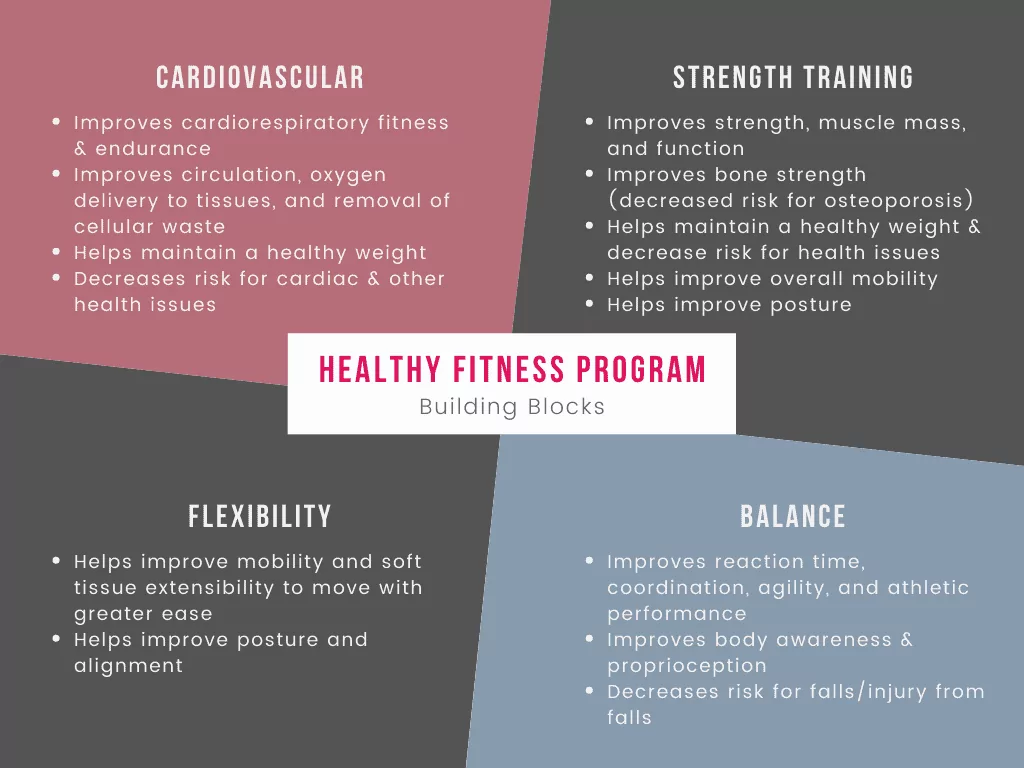For decades, the prescription for a healthy heart and long life has been simple: get your cardio in. But what if the key to longevity isn’t just found on the treadmill, but in the squat rack? A groundbreaking study published in the British Journal of Sports Medicine is challenging conventional wisdom, revealing that men who incorporate strength training into their routines may actually live longer than those who focus exclusively on cardiovascular exercise.
The research, which followed over 10,000 men for a decade, found that those who included strength training 2-3 times per week saw a 23% lower all-cause mortality rate compared to those who only did cardio. Even more compelling: this protective effect remained significant after controlling for age, diet, smoking status, and even aerobic activity levels. This finding aligns with our previous article on how pumping iron contributes to longevity, providing even more robust evidence for strength training’s life-extending benefits.
Breaking Down The Science: More Than Just Muscle
So what makes pumping iron so powerful for prolonging life? The answer lies in the unique physiological adaptations that resistance training stimulates—benefits that go far beyond what cardio alone can provide. According to the British Journal of Sports Medicine, which published the original research, the protective effects were consistent across different age groups and health statuses.
Dr. Michael Chen, a sports medicine physician not involved with the study, explains: “While cardiovascular exercise is excellent for heart health and endurance, strength training addresses multiple systems simultaneously. It’s not just about building muscle—it’s about creating a more resilient human organism.”
The study’s methodology was particularly robust. Researchers followed men aged 40-75 for an average of 10.2 years, carefully tracking their exercise habits and health outcomes. What set this research apart was how it isolated the effect of strength training from other factors. Even among men who reported similar amounts of cardiovascular exercise, those who lifted weights consistently showed significantly better survival rates.
Why Iron Extends Your Lifespan: The Four Key Mechanisms
1. The Metabolic Engine: Muscle as a Power Plant
Think of muscle as your body’s metabolic engine. Unlike fat tissue, which is relatively inert, muscle is metabolically active tissue that burns calories even at rest. But its benefits run much deeper. This is particularly important for men over 40, as we discussed in our guide to boosting metabolism after 40.
“Every pound of muscle you add is like adding a small factory that processes glucose,” explains Dr. Elena Rodriguez, an endocrinologist specializing in metabolic health. “This dramatically improves insulin sensitivity, which is crucial for preventing type 2 diabetes and metabolic syndrome.”
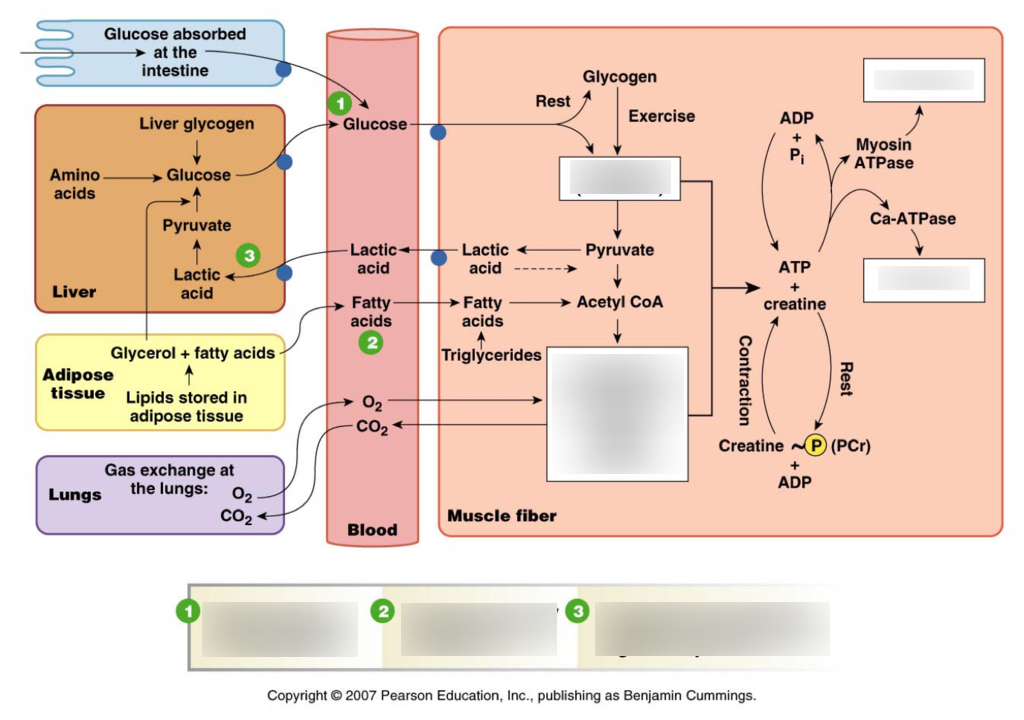
The numbers speak for themselves: regular strength training can increase your resting metabolic rate by 5-9%, meaning you’re burning more calories 24/7. More importantly, it creates metabolic flexibility—your body’s ability to efficiently switch between burning carbs and fats for fuel. The National Institute on Aging emphasizes that maintaining muscle mass becomes increasingly important for metabolic health as we age.
2. The Anabolic Reserve: Banking Muscle for Later Life
Sarcopenia—the age-related loss of muscle mass and function—isn’t just about getting weaker. It’s directly linked to increased mortality, as it leads to frailty, falls, and loss of independence. This connection between physical strength and overall health is something we’ve explored in our article about how conscientious men live longer.
“Building muscle is like putting money in your biological bank account,” says Dr. James Fitzgerald, a gerontology specialist. “The more muscle mass you accumulate in your 30s, 40s, and 50s, the more you have to draw from when age-related decline begins.”

The research shows that men with greater muscle mass have significantly lower mortality rates from all causes, including cancer and cardiovascular disease. This “anabolic reserve” provides a buffer that helps you weather illnesses, hospitalizations, and the natural aging process.
3. Bone & Joint Fortification: Building a Stronger Frame
While swimming and cycling are gentle on the joints, they don’t provide the mechanical stress needed to maintain bone density. Strength training, particularly weight-bearing exercises, applies controlled stress to bones, stimulating them to become denser and stronger. This bone-building effect complements the cardiovascular protection we discussed in our piece on how exercise reduces stroke risk in men.
“The beauty of resistance training is that it strengthens not just muscles, but the entire musculoskeletal system—bones, tendons, and ligaments,” notes physical therapist Maria Gonzalez. “This creates a protective effect against osteoporosis and degenerative joint conditions.”
Studies show that regular strength training can increase bone density by 1-3% per year, while sedentary individuals typically lose 1-2% annually. This difference becomes critically important as men age and fracture risk increases.
4. Neurological & Hormonal Optimization: Beyond the Physical
The benefits of lifting extend to your brain and endocrine system. Resistance training has been shown to improve cognitive function, support neurotransmitter balance, and optimize crucial hormones. These mental health benefits are similar to those we described in how exercise helps combat depression.
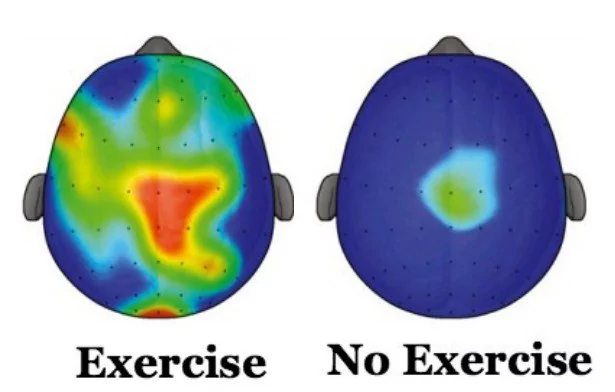
“Strength training creates a powerful neuroendocrine response,” explains Dr. Robert Kahn, an exercise physiologist. “It naturally boosts levels of growth hormone, testosterone, and BDNF—brain-derived neurotrophic factor, which is like fertilizer for your brain cells.”
This neurological benefit is particularly important for maintaining motor control and coordination as you age, reducing fall risk and preserving independence. The mind-body connection is powerful, as we’ve noted in our feature on maintaining an active body for a healthy mind.
The Cardio Conundrum: Where Pure Endurance Falls Short
This research isn’t a recommendation to abandon cardio altogether. Aerobic exercise remains crucial for cardiovascular health, endurance, and mental well-being. In fact, organizations like the American College of Sports Medicine recommend both strength and cardiovascular training for optimal health. This balanced approach aligns with public health guidelines suggesting 150 minutes of weekly exercise for substantial health benefits.
However, exclusive focus on endurance training has limitations that the study highlights. “Long-distance endurance training without strength work can lead to muscle catabolism—where your body breaks down muscle tissue for fuel,” warns Dr. Chen. “Many dedicated runners have surprisingly low bone density and muscle mass, which becomes problematic as they age.”
The key insight from the research is that strength training provides foundational benefits that cardio alone cannot match. While cardio excels at training specific systems (particularly cardiovascular and respiratory), strength training builds systemic resilience across multiple bodily systems.
The Longevity Lifting Protocol: Optimizing Your Training
So what’s the ideal recipe for longevity? Based on the study’s findings and exercise physiology principles, here’s your blueprint. For those new to strength training, our guide to natural muscle building through power training offers an excellent starting point.
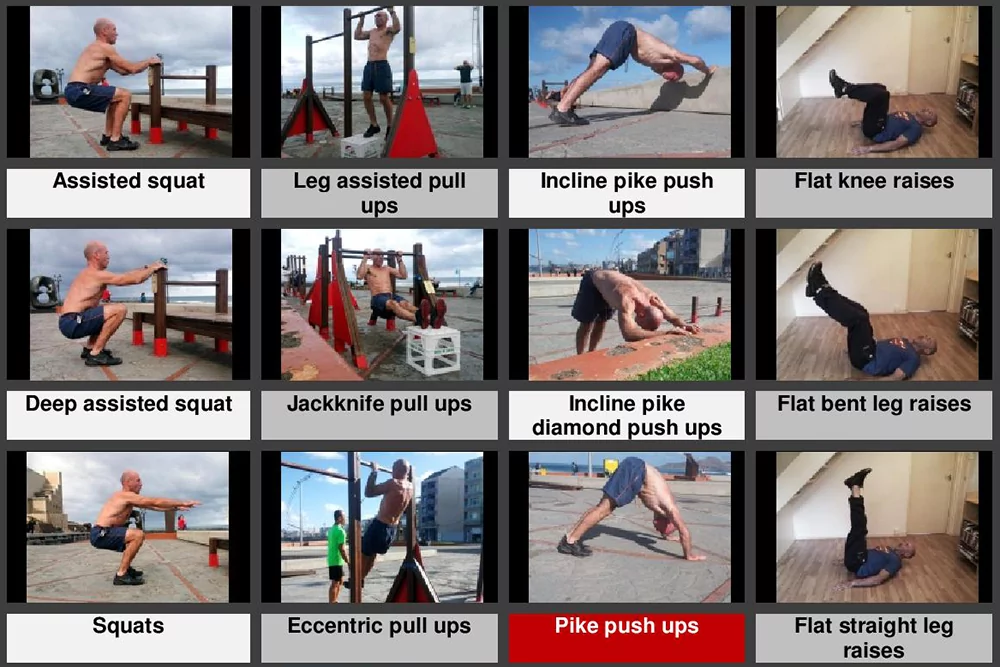
Frequency & Duration:
- 2-3 strength training sessions per week
- 45-60 minutes per session
- At least one day of rest between sessions targeting the same muscle groups
Exercise Selection (Focus on Compounds):
- Squats or leg presses
- Deadlifts or hip thrusts
- Bench presses or push-ups
- Rows or pull-ups
- Overhead presses
Intensity & Progression:
- Use weights that challenge you to complete 6-12 repetitions with proper form
- Focus on progressive overload—gradually increasing weight, reps, or sets over time
- Include variety in rep ranges (lower reps with heavier weight, higher reps with moderate weight)
The Recovery Imperative:
“Training provides the stimulus, but recovery is when the magic happens,” emphasizes Dr. Fitzgerald. “Prioritize sleep, nutrition, and stress management to maximize the longevity benefits of your workouts.” Proper nutrition is essential, as highlighted by Harvard’s research on protein and muscle health.
The Bottom Line: Lift for the Pump, Live for the Long Haul
The evidence is clear: strength training is powerful medicine. Every rep you perform, every set you complete, is an investment in your future quality of life. While cardio will always have its place in a balanced fitness regimen, it’s time to recognize strength training as the cornerstone of longevity. However, it’s worth noting that balance is key, as extreme approaches can lead to the downsides of bodybuilding when taken to excess.
The men in the study who reaped the greatest benefits weren’t competitive powerlifters or bodybuilders—they were ordinary men who consistently showed up and put in the work. They understood that building strength wasn’t just about aesthetics or performance—it was about building a body that would serve them well for decades to come.
Your journey to a longer, healthier life might just begin where you least expected: in the weight room. And remember, while exercise is crucial, comprehensive health also means paying attention to other aspects like prostate health as you age.


